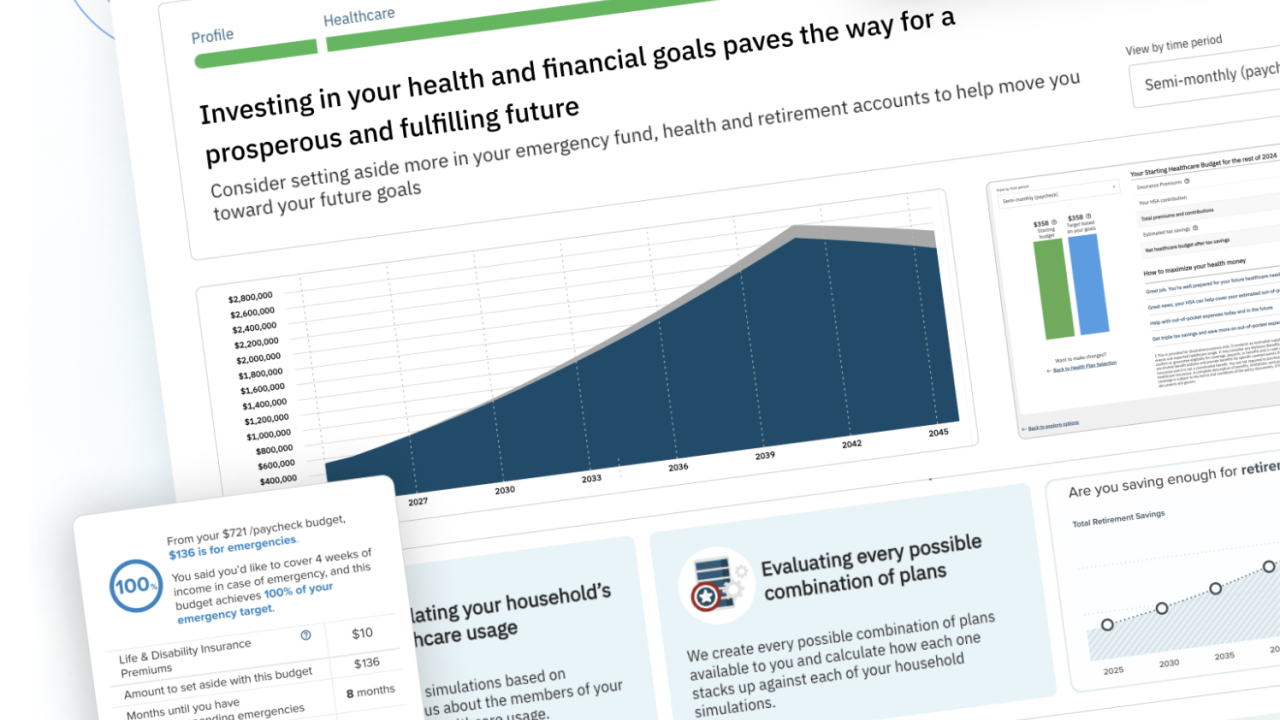As health consumerism continues to infiltrate employer-sponsored benefits, benefit advisers say that voluntary options have helped to limit out-of-pocket costs for employees and curtail overall costs for their employers.
In a webinar on voluntary products, sponsored by Employee Benefit News and Employee Benefit Adviser, Nelson L. Griswold, president of Bottom Line Solutions, Inc, a nationally known agency that works with benefit firms to grow their top-and bottom-line revenue, says that voluntary products can be an excellent supplement for employee health and other insurance coverage options.
See also:
None of these benefits are designed to stand alone, they are designed to work together with the core benefits, Griswold said.
Rob Shestack, senior vice president and national practice leader for AmWINS Group Benefits, a wholesale broker of group insurance and administrative services, agreed with Griswold during the Dec. 15 webinar, noting that these programs are not meant to replace major medical coverages.
Traditional add-on benefits such as dental, vision, group life, disability, non-insurance and payroll purchasing programs as well as cancer and critical illness, accident and hospital indemnity have gained steam among employers across industries. For instance, just last year, voluntary sales were estimated at $6.64 billion, up nearly $60 million from 2012, according to the Eastbridge Consulting Group. Also LIMRA said in its 2013 U.S. Worksite Sales Survey that annualized premiums of voluntary benefits bought at worksites reached $4.3 billion in 2013.
Meanwhile, despite this growth, Griswold explains that voluntary options are the means by which employees can make decisions that position them better financially because many are currently treading water in the deep end when it comes to their overall financial health. Citing Kaiser Family Foundation statistics, he noted that the average medical deductible is around $1,217, a 47% rise over the last five years, and $4,823 for family health coverage.
The overall direction were going is towards a consumerism-based health care system, where the employees are not just encouraged to make good decisions, they are empowered to make these good decisions, noted Griswold. And these supplemental benefits, having them available to employees in the benefits plan, gives the employees, that choice and it empowers them to make more decisions about what their benefit plan looks like.
See also:
If you ask Shestack, the primary purpose of voluntary benefits is to not only offer coverage, but also ensure that these options do not break the bank for employees.
We want them to be as high as a level of possible, but also affordable as well, explains Shestack. Thats very important because employees are not going to spend $100-$200 a month on voluntary benefits, so therefore the programs we try to offer have positive financial help and impact for the individual but the premiums are not expensive at all.
Another key is portability and its availability in most voluntary benefit offerings, which can allow employees to continue coverage should they end employment or no longer need the benefit. Traditionally, however, the insurance industry has done a horrible job of delivering life insurance, disability insurance to the average working American, states William A. Tinker Kelly, president and CEO of Voluntary Employee Benefits Advisors, a consulting and enrollment services for companies and organizations. Thats the bad news; the good news is thats why the voluntary benefits industry has exploded over the last couple of decades.
People need to own and control their own insurance protection products and portability provides that key feature, Kelly adds.
For more information on this weeks EBN/EBA webinars, please click





